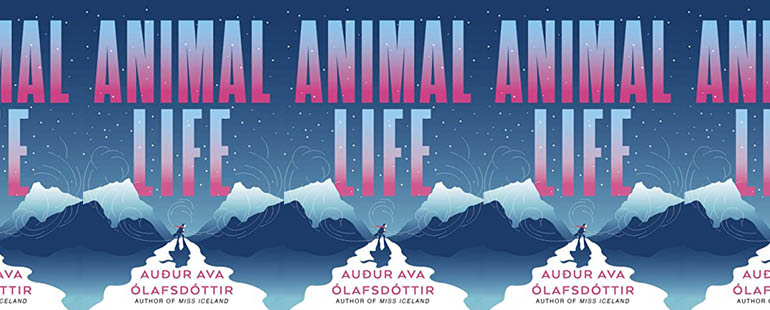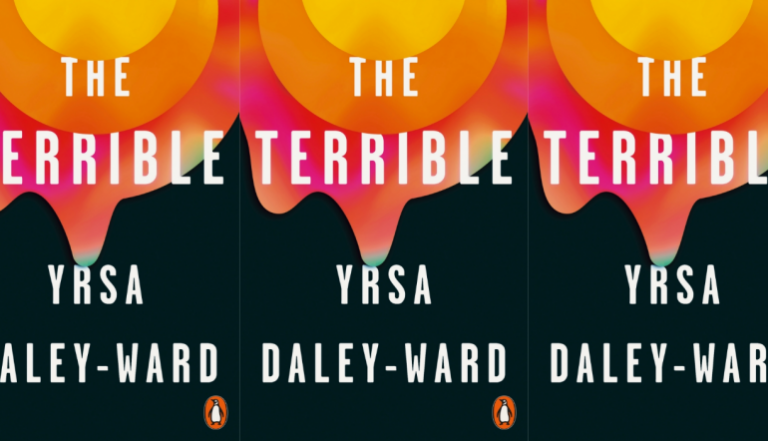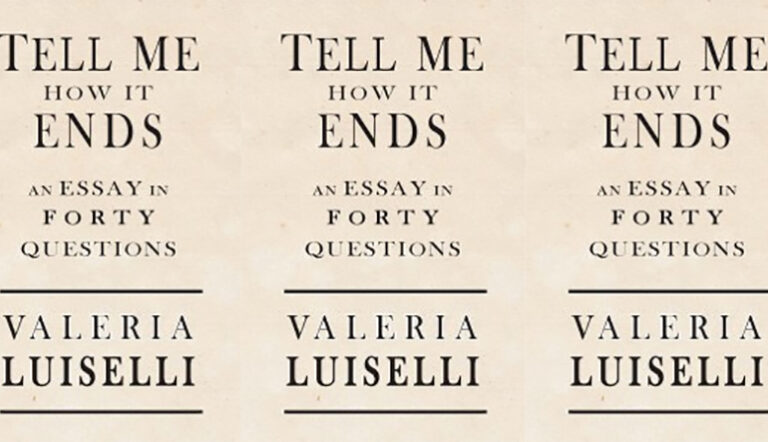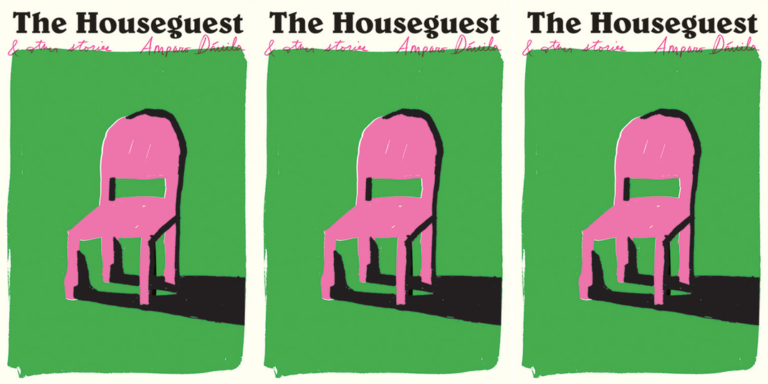Inhabiting Past Ancestors in Animal Life

Animal Life
Audur Ava Ólafsdóttir
Grove | December 6, 2022
Audur Ava Ólafsdóttir’s Animal Life, translated by Brian FitzGibbon, explores life’s ordinary extremes, dealing with light and darkness, birth and death, and animality and humanity. For four years, the protagonist Dyja has immersed herself in four manuscripts written by her deceased grandaunt that struggle to answer such questions as “What is the truth about light?” Dyja is her grandaunt’s most careful reader, inhabiting her grandaunt’s words and ideas with a devotion that she doesn’t seem to grant her own life, which slips into the background soon after the novel opens.
Dyja is a midwife, and Animal Life begins with her successful delivery of a baby boy. Midwifery runs through the female line of her family (as being an undertaker runs through her paternal side). She inherited the vocation from her grandaunt, who was also named Dómhildur but nicknamed Fifa. When Fifa died, Dyja also inherited her grandaunt’s apartment in a district of Reykjavík. Animal Life begins four years after Fifa’s death, and as Dyja reads her grandaunt’s manuscripts, she lives in the apartment without changing a thing. The hodgepodge of teak furniture, porcelain nick-nacks, faulty light fixtures and embroidered wall hangings are more fitting of an older woman. What results from the tension between Dyja’s occupation and her daily life is another extreme: the vibrancy of birth versus life’s stagnation.
This extreme is also explored in her grandaunt’s manuscripts. The first that Dyja reads is called Living experiences of seven female midwives and one male midwife in the north-west of the country. It is based on Dyja’s great-grandmother’s diaries and interviews with other midwives that Fifa conducted in her lifetime. As Dyja read through the midwives’ interviews, she thought, “I have come to the conclusion that my grandaunt has always, in fact, been writing about herself, that her interviews with the seven elderly midwives were actually interviews with herself, that their stories were in fact her story, transposed to another time and place.” Likewise, Dyja narrating about her grandaunt is the same as Dyja narrating her own story. She is the inheritor of more than just her grandaunt’s occupation, manuscripts and apartment. In a way, she has stepped into her grandaunt’s life and made it her own, keeping Fifa’s memories alive through living a very similar life. At the same time, it’s obvious that Dyja has put her own life on hold.
Dyja never reflects or opines, though, about her position as Fifa’s memory keeper, but she does make decisions as the novel advances that signal her emerging individuality. Dyja calls an electrician, whose baby she had delivered a few weeks earlier, who suggests she knock down a partition in the apartment, creating more space. When Dyja’s midwife colleague visits to discuss her delivery of a baby that died, the colleague offers to help Dyja paint the apartment’s walls. What follows is an unexpected apartment remodel on the eve of a huge snowstorm. The colleague brings friends and they get to work, knocking down the wall, taking away Fifa’s furniture and painting. Ólafsdóttir relates Dyja’s remodeling efforts with a surprising starkness: she simply acts. The interior Dyja questions and reflects on throughout Animal Life is only ever her grandaunt’s, who was too busy parsing light and dark, human and animal, birth and death to think about the more common human dramas, like what an apartment looks like.
After the winter storm crashes through Reykjavík, Dyja stands at her window observing the destruction. “Scores of trees have snapped in the graveyard and the crosses are scattered all over like saplings. The earth’s body is a gaping wound; its surface is torn and lacerated.” Fifa’s three other manuscripts are fragmentary musings on the inferiority of man to animal and the unknowability of nature, especially the mysterious qualities of light. It is fitting that the novel end on a scene of nature overpowering the human. But Dyja’s story is also about how human impacts human, how Fifa left her mark on Dyja, how Dyja carries that mark like a memory. Animal Life is a subtle and stunning work for anyone who has felt the impact of an ancestor, who has lost themselves to a past that feels like their own.


